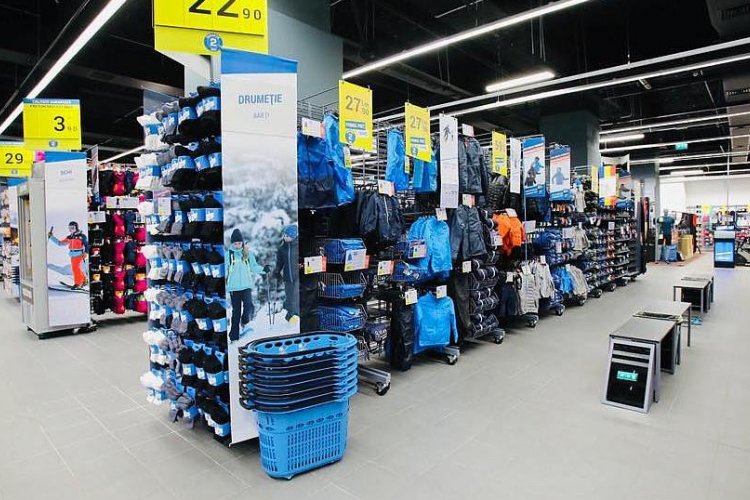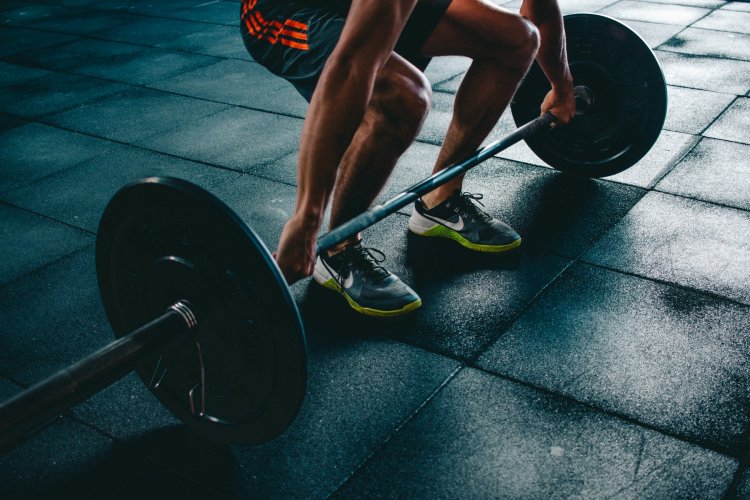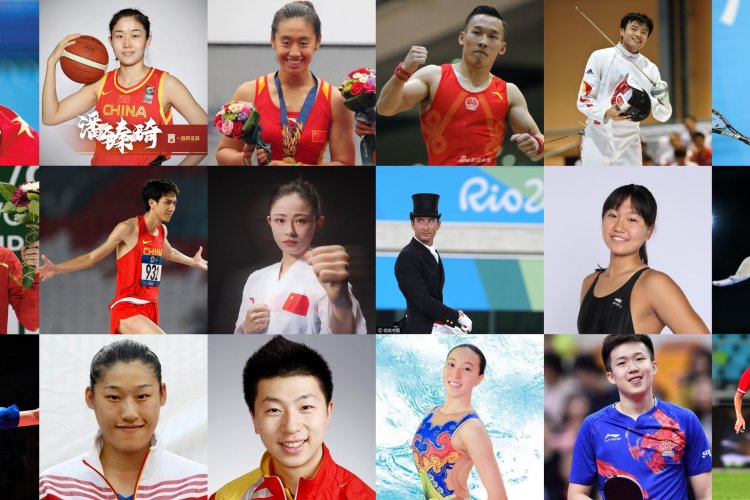Beijing Olympian: Where and Why You Should Stand-Up Paddleboard in the Capital
Beijing Olympian is an ongoing column in which we explore the newest, the funnest, and the downright whackiest in Beijing’s fitness scene.
Exercise. It’s what you do to make up for sitting on your ass all day, right? “Get up, get on up,” as James Brown might implore. Which is why, as wonderful as the water sports of rowing, canoeing, and sailing are, I’ve always been slightly skeptical of them as forms of exercise. Olympic events they might be, but there still seems to be too much bum on seat time going on for my liking. Step forward, stand-up paddleboarding (SUP). As its name suggests, SUP not only puts us back up where we belong, but is in fact a water sport with as rich a heritage as any of its more illustrious cousins, and is now finally beginning to make a splash in the heart of Beijing.

Of course, for local Chinese of a certain generation, the sight of somebody standing on a raft using a pole to propel themselves forward is hardly something new. Indeed, if we are tracing back the origins of SUP, China has a history stretching to the hundreds of years of people standing on paddle-powered watercraft, while there is evidence in parts of Africa and South America of ancient cultures traveling long distances, going fishing, and even going to war thousands of years ago in similar fashion.

Today almost exclusively a leisure pursuit, SUP is nonetheless an excellent full-body workout. The real engine for stroke power is the core, and because the paddle is alternated between the two sides of the raft, every stroke hits every part of the core muscles, together with the muscles of the arms, shoulders, back, and hips.
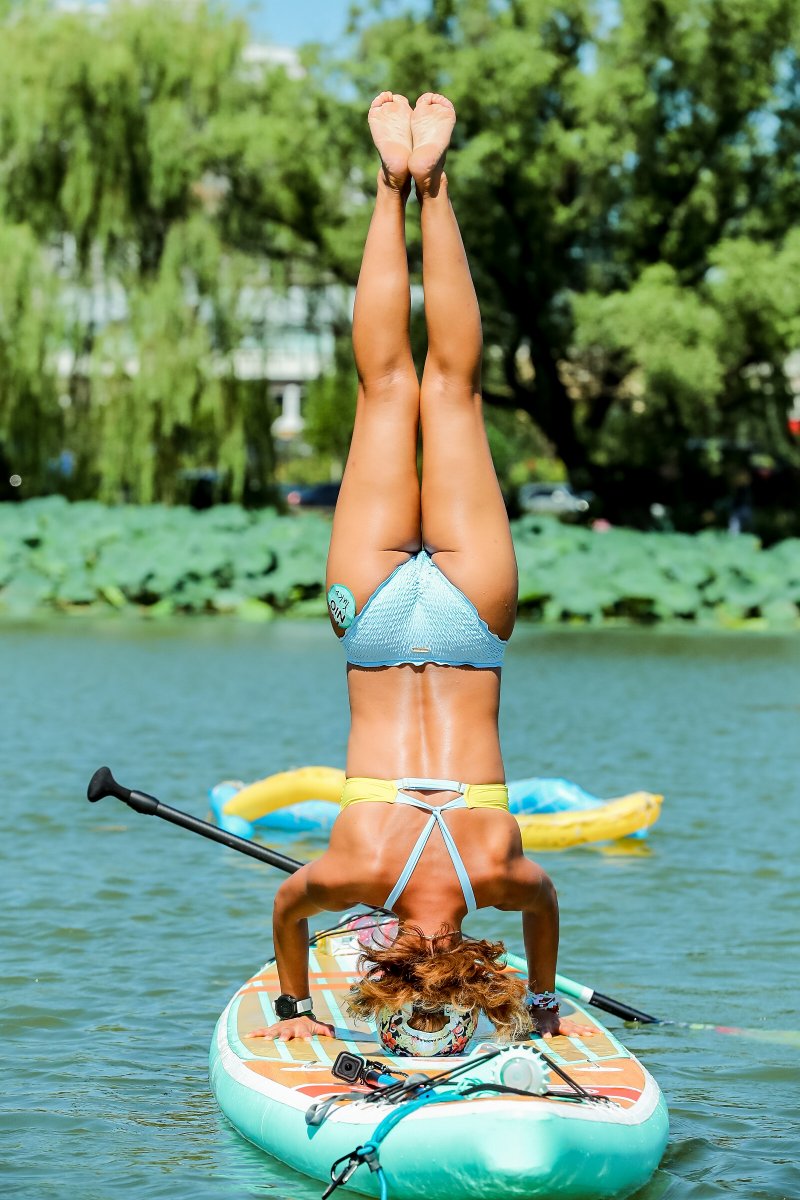
But that’s not all. What really separates SUP from other types of exercise is that it’s just damn good fun. As it’s ancient military use suggests, the real advantage of SUP over canoeing or rowing is that you can not only propel yourself quickly over water but you can do it while looking out for miles and miles in every direction. Rowing might get you from A to B slightly faster but you sit facing the wrong direction and the only sight on offer is a close-up view of the back muscles of the rower in front of you – a niche interest to say the least. When you’re standing on your board surrounded by nature, there is a genuine danger of you getting shredded before any sense of time or exertion have kicked in.
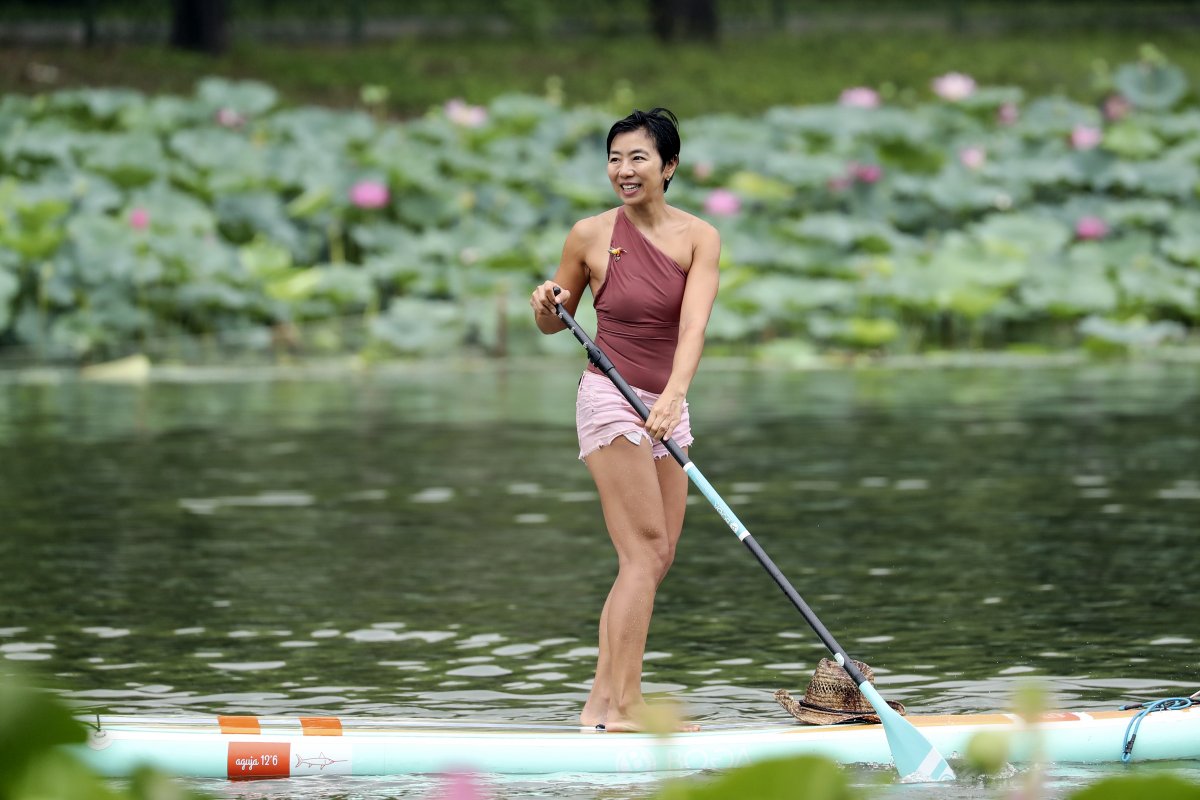
Where and how can you get involved in this wonderful activity as soon as possible? Assuming you don’t already have your own paddleboard, the following locations are the best in Beijing offering equipment rental and lessons.
Beijing SUP Clubs
Whale Sports, Chaoyang Park (near West Gate 4) (138 0125 5592). Small but picturesque lake ideal for beginners. Board rental RMB 258/1.5 hours. Or RMB 500/3-hour session, including board rental, SUP, and SUP yoga class with BOGA (WeChat ID: BOGA, or call 186 0066 1228; 185 1847 8023)
Olympic Rowing-Canoeing Club, Shunyi (135 1108 5602) 奥林匹克水上公园. Olympic-sized facilities ideal for learning as well as competition. RMB 360/3-hour SUP class, including board rental or RMB 800/full-day lessons including lunch.
Tongzhou Grand Canal Cultural Square, Tongzhou 通州大运河文化广场* (WeChat ID: beijingzhouji2019, or call 131 6757 8855)
*Temporarily closed due to PRC 70th anniversary preparation
Lululemon Ambassador and Tatler magazine columnist, Victor Rowse is a fitness researcher and personal trainer based in Beijing, China.
READ: Swinging on a Single-Speed: Beijing's Bike Polo Team Offers a New Way to Cycle
Photos courtesy of BOGA


